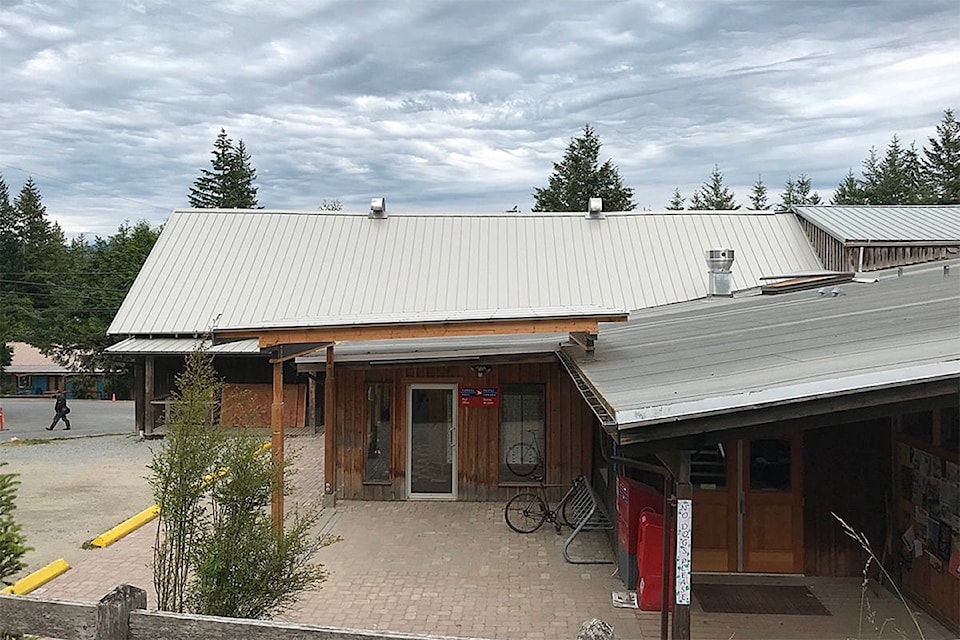Cortes Island residents will decide on a hall tax for the community when they vote during regular local government elections this October.
The results will not be binding but are to provide direction for the Strathcona Regional District on whether to proceed with the tax bylaw in the future.
The issue is not new for Cortes, and as SRD staff indicate, has split the community.
“We received a lot of support for a hall tax and a lot of feeling against the hall tax,” SRD Chief Administrative Officer Dave Leitch told board members at the June 20 meeting.
Some feel the tax is necessary to provide a stable source of revenue for community hall operations. Others question the costs as well as the process of how support has been gathered.
“This is a really stomach-churning one,” Area B Director Noba Anderson, who represents Cortes Island, told the rest of the SRD board. “It’s been before us for nine years now, on and off. As I see it, there are really only two of the four options that are worth our consideration.”
The regional district has identified four options: going to non-binding referendum this fall, which would require a later binding vote if the idea is approved in principle; having a binding referendum this fall; using the alternative approval process (AAP); or taking no action.
The AAP or doing nothing would be the cheapest options but not necessarily solve the question.
“If we choose to do nothing further, it will come back again,” Anderson said.
Concerning the AAP, Anderson said a minority could bring the process to a halt, even if they might not represent the views of the majority of residents. Through this process, a bylaw proceeds unless 10 per cent of electors sign an elector response form opposing a bylaw within a set timeframe.
“The problem with that is that it only empowers the negative and doesn’t ever give voice to the positive,” Anderson said. “I don’t want to go down that road again. That leaves taking something to referendum at the election, either binding or non-binding.”
She had pushed for a binding referendum to settle the issue and reduce the potential times voters go to the polls, but she could not garner enough support among other directors. A majority voted for the non-binding referendum, with only Area A Director Gerald Whalley and Area C Director Jim Abram opposing.
Through the non-binding referendum, voters will give the board direction for the future rather than voting on an actual proposal. If there is enough support, the SRD will go to a binding referendum on the bylaw in 2019.
The 2016 census puts Cortes Island’s population at 1,035. According to a staff report, the SRD has received petitions with 458 signatures in favour of establishing a tax and 232 opposed, as well as 37 letters in favour, including ones from the Southern Cortes Community Association (SCCA) and the Whaletown Community Club (WCC), both of which operate facilities and services, and 38 letters in opposition.
Proponents argue current buildings are old and need maintenance, along with a more stable source of revenue than grants or from increased rents, which they fear would mean cancellations of events and programming. The SCCA is asking for a fixed amount of $46,000 a year. The WCC is also asking for it to be eligible for funding if a hall tax is approved. The bylaw proposed would requisition a maximum of $75,000 a year.
Those opposing the idea argue taxes are too high already and question how fair raising revenue either through a parcel tax or by raising the mill rate would be. They have also questioned how the SCCA is managing Manson’s Hall and whether some supporting the tax are eligible voters.
